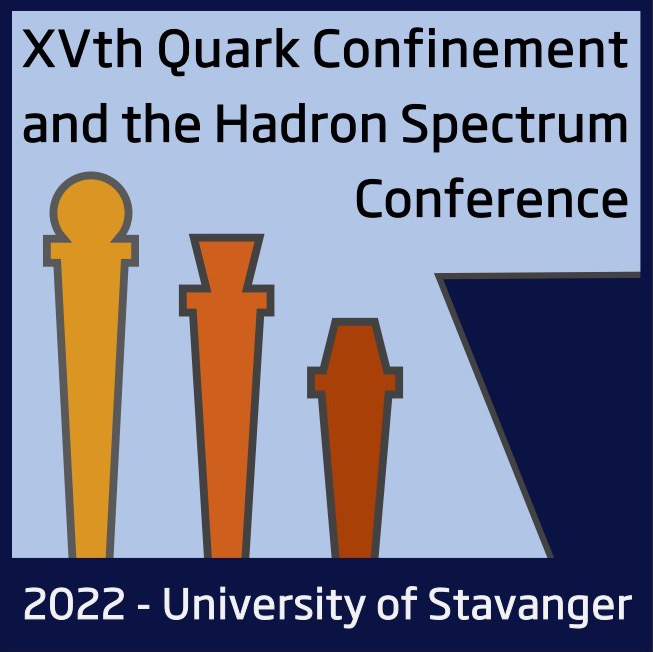Speaker
Description
Black hole–neutron star mergers (BHNS) are astrophysical phenomena of great interest because they not only produce gravitational-wave signals but also can have very energetic electromagnetic counterparts in particular in the form of kilonova explosions. The disruption of the neutron star produces the dynamical ejection of some material and the formation of a disk of hot matter around the black hole, and, in turn, these processes can be at the origin of a kilonova (KN) signal. The amount of ejected material is directly related to the stiffness of the equation of state (EoS). We compare the predictions obtained by considering equations of state of neutron star matter satisfying the most recent NICER observations (J0740+6620) and assuming that only one family of compact stars exists with the results predicted in the two-families scenario. In the latter a soft hadronic equation of state produces very compact stellar objects, while a rather stiff quark matter equation of state produces massive strange quark stars, satisfying NICER results. The expected KN signal in the two-families scenario is very weak: in particular, the hadronic star–black hole merger produces a much weaker signal than in the one-family scenario because the hadronic equation of state is very soft. Moreover, according to the only existing simulation, the strange quark star–black hole merger does not produce a KN signal because the amount of mass ejected is negligible.

